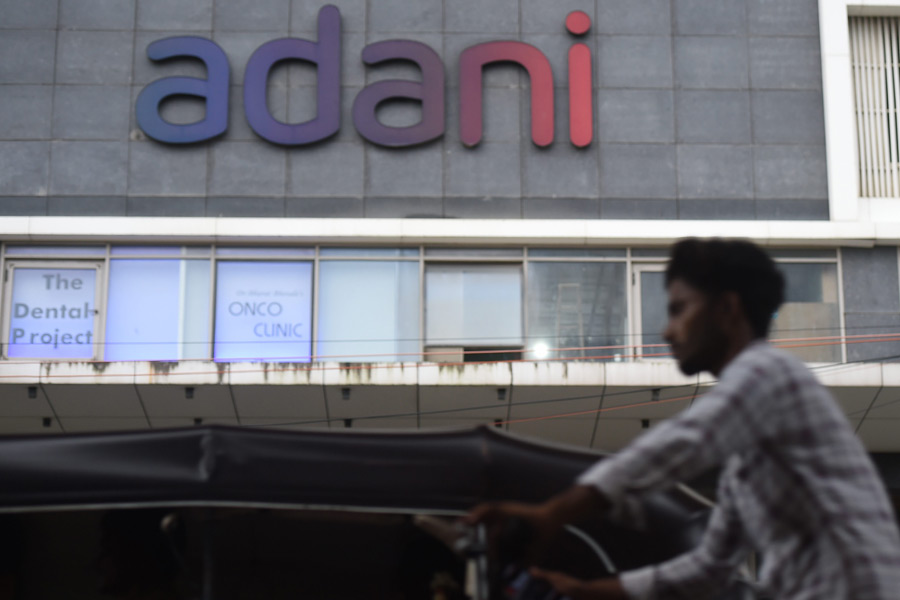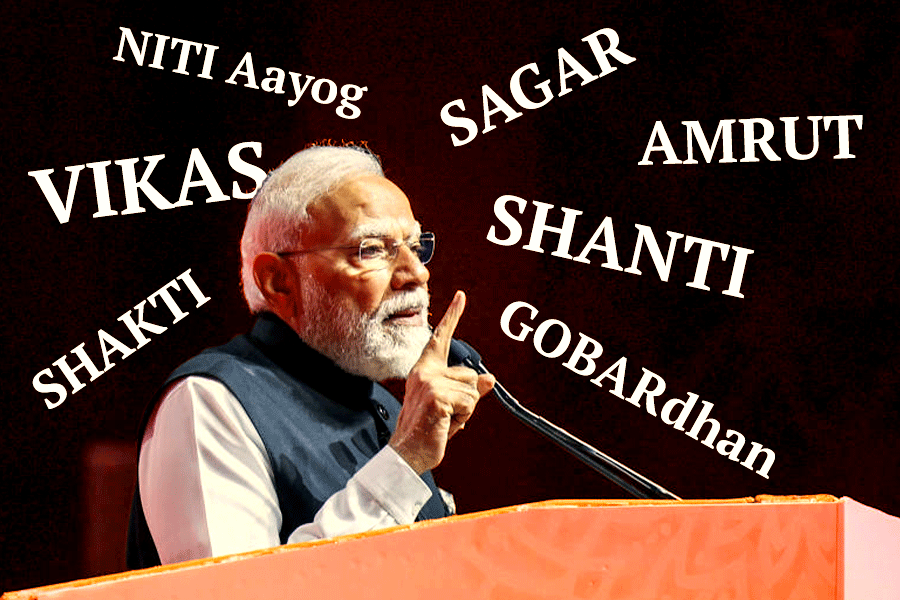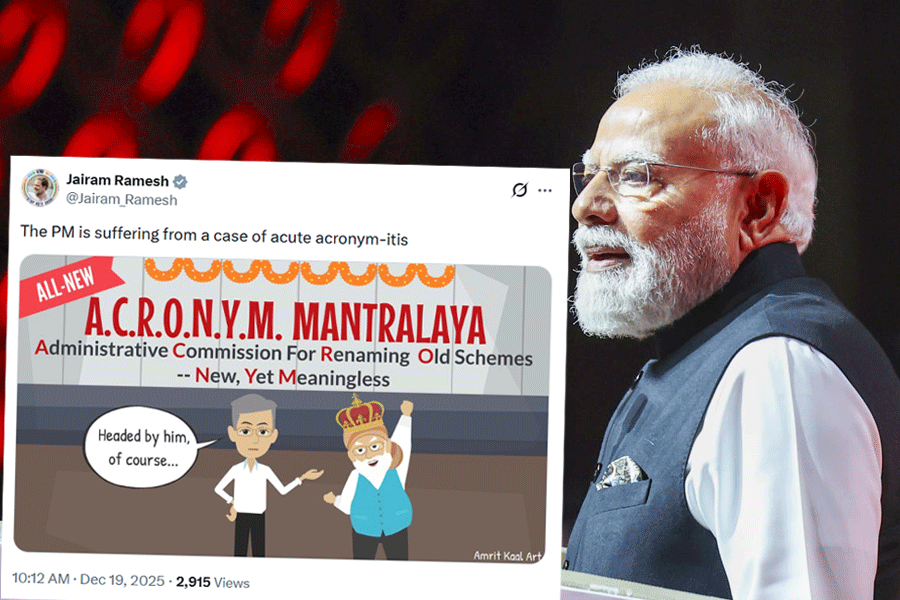 |
When they went cheering for Anna Hazare, the Facebook Generation thought of little but the chaos they were causing, that they would have a hand in the fall of institutions, and that they were debilitating a bustling democracy because of an old man in a hurry.
Affair la Hazare has been succeeded by affair la Narendra Modi. He probably has as many supporters in the fast lane, but less vocal support. The Facebook Generation is on his side too; after all, Modi is far more tech savvy than the old man in a hurry.
But what do these hunger strikes and greed for power have to do with jobs? Believe it or not, there is considerable impact. What the Hazare dieting has done is to weaken the organs of governance. Everyone is scared of taking decisions as they don’t know what snakes may be hiding in the grass. Reforms have taken a back seat. At a time when the economy needs urgent action, the Reserve Bank governor is left fighting a lonely battle with his interest rate hikes. Business confidence is at a two-year low, says a FICCI survey.
“Indian employers (are) becoming less confident about hiring,” says a mid-September report by the Manpower Group, a global staffing services firm. Services and manufacturing will be doing most of the hiring while public administration and education will be among the laggards.
The survey says that the net employment outlook is positive for India across all zones and industries. At the same time, the drop is second only to China when compared on a year-on-year basis (see table). This may sound contradictory. What it means is that corporate India will still be doing some hiring. But there has been a big fall from the numbers previously expected. “This was supposed to be a golden season for jobs and employment,” says Mumbai-based HR consultant D. Singh. “It’s another year lost.”
Another survey by MyHiringClub says that 46 per cent of the respondents who lost their jobs between June 2009 and May 2010 have found new employment. That’s the positive spin. The half-empty-glass approach would say that 54 per cent have not got new jobs. That is a very high figure for a country that lacks a safety net.
The argument has various dimensions. On the one side are people like Ernst & Young (E&Y), one of the world’s largest professional services firms. An E&Y study says that India has the largest and youngest employable population. But are they really employable? Everybody agrees that they aren’t. The E&Y study says 75 per cent of new job opportunities in the future will be skill-based. “It is, therefore, essential for the country to evolve a comprehensive qualification framework linking formal education and vocational training,” says the study.
A survey by apex chamber FICCI goes back to the hiring intentions issue. It says that about 57 per cent of the 324 manufacturing units surveyed responded that they were not planning to increase their workforce in the next three months, against 54 per cent in the previous survey. “That may not seem a large decline,” says Singh. “But when you look at the absolutes, it’s huge.”
His contention is that bad news spreads faster. Companies that are sitting on the fence get knocked off into the non-hiring side. It’s only in IT and BPO that the optimists prevail. And the tech industry has developed a whole new lexicon for layoffs. You can be downsized, function terminated, benched and even Bangalored.
BRINGING UP THE REAR
China and India record the biggest plunges in hiring intention (net employment outlook)
 |
Numbers are in percentage points. (If 35% of employers are expecting to increase headcount, 1% anticipating a decrease and 39% forecasting no change, the Net Employment Outlook is +34 percentage points. The figures above are the difference between the hiring intentions for the previous period and hiring intentions for Q4 2011.)
Source: Manpower Employment Outlook Survey Q4 2011.











